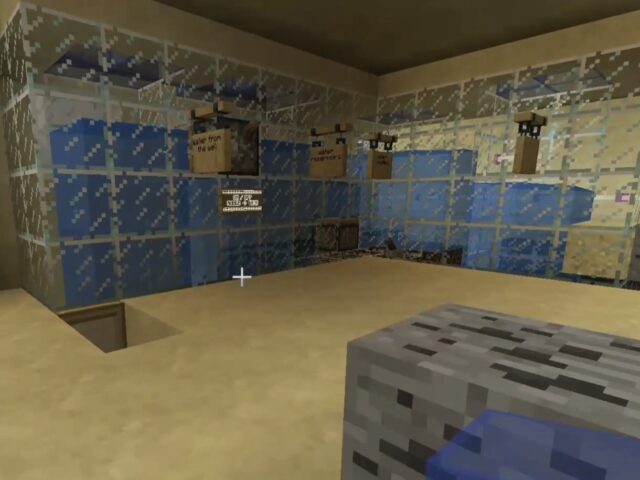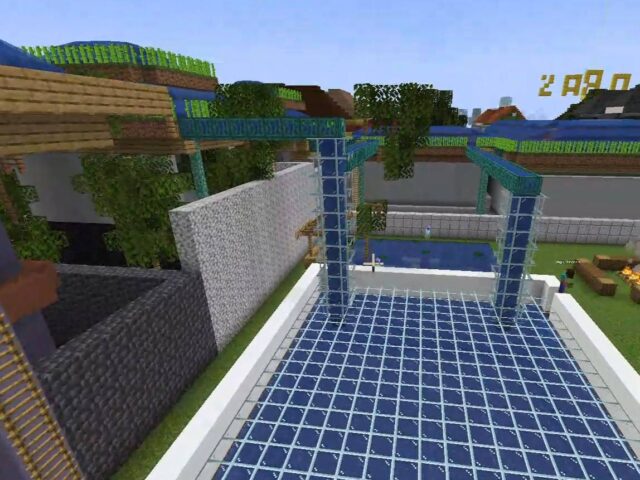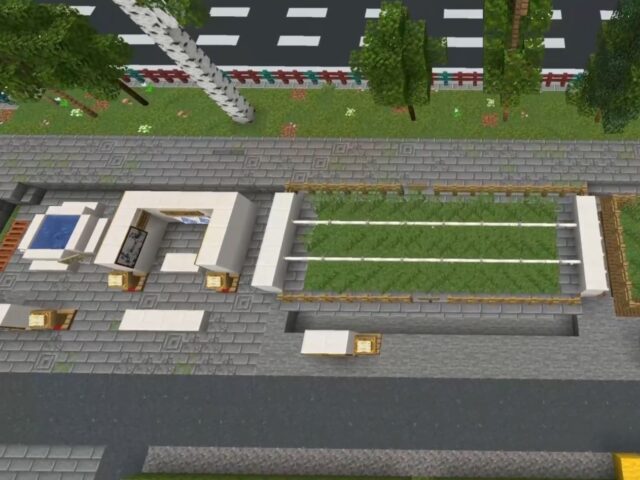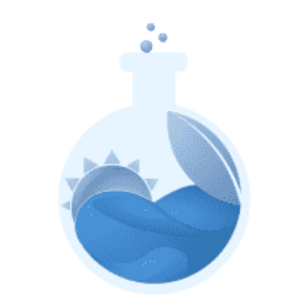Background and Problem Identification
As reported by news.com.au, Bali Island grapples with significant challenges regarding sewage and sanitation coverage, primarily attributed to maintenance and infrastructure issues. According to UNICEF Indonesia, water contamination is the cause of 88% of deaths due to diarrhoea. Consequently, consuming tap water in Bali is not advisable. In Bali, where most people use groundwater as the main water source, the primary source of contamination stems from seawater, which has a salinity level of 34% and is tainted by toxic chemicals infiltrating subterranean pathways, mingling with groundwater. Given that Renon ranks as the 6th most densely populated city in Bali, this presents an imminent threat to public well-being.
Who is impacted?
This issue predominantly affects the Lapangan Puputan Renon neighbourhood and its inhabitants, as well as anyone who utilises water in that vicinity.
What is the concern?
The core problem centres on the escalating groundwater salinity from high water source exploitation, specifically excessive groundwater extraction.
Where/When is this problem evident?
This problem manifests in Lapangan Puputan Renon and its surrounding areas, where the situation has been exacerbated over recent years.
Why is this issue significant?
Failure to address this problem can lead to grave consequences for public health and food quality. It is imperative that we take action to mitigate these potential consequences.
Data
Based on our site visit to Lapangan Puputan Renon and its surroundings, a Civil Contractor based in the Renon region reported, “The groundwater has started to become salty. Clean water is only found at 40-70 m below the ground level. The water extracted below 40 m is salty, and the water above 70 m is mud water.” A shop owner residing in the area remarked, “The water from the local Municipal Waterworks (PDAM, or Perusahaan Daerah Air Minum) is often off.” A parking attendant working in Lapangan Puputan Renon added, “Many tourists visit Lapangan Puputan Renon. The area should have had more water facilities, especially safe, drinkable water. Now, there are only two water facilities, and even then, the system has long been broken.”
Solution and Mechanism
To prevent the mentioned situation from further deteriorating, we actively explored solutions to filter water and enhance the water infrastructure effectively. The question of how to secure Renon’s water quality and system has found its answer in our proposed solution, the BRINE BREAKER. Brine Breaker is a distillation building to support the desalination effort of the saline groundwater in Renon. Our objective is to transform the salty groundwater condition from being a problem into a viable solution for our primary targeted beneficiaries, Renon’s residential community.
Generally, a 40-meter-long pipeline is employed to extract saline groundwater. Subsequently, this groundwater undergoes a distillation process, followed by filtration to remove harmful particles and chemical elements. Each operational system cycle produces approximately 10,000 litres of drinkable clean water that will be distributed to 25 distinct households within a residential community.
Minecraft video of our solution
In detail, the desalination of seawater encompasses several key stages:
- Evaporation:
– Seawater undergoes pre-cleaning to eliminate impurities.
– It is heated in an evaporator using electric energy or fuel.
– The heating process causes water to evaporate, leaving behind salt and contaminants.
– The resulting water vapour rises upwards. - Condensation:
– Water vapour is cooled using a heat exchanger or air cooling.
– The water vapour returns to its liquid state.
– The condensed fresh water is collected and stored. - Cleaning and Quality Monitoring:
– Optionally, the freshwater may pass through additional units to remove contaminants like organic compounds or heavy metals.
– Water quality is monitored continuously during the process to ensure it adheres to the desired quality standards and is safe for consumption. - Storage and Distribution:
– Fresh water is stored in tanks and distributed to locations needing clean water, including households, industries, and other facilities.
This process yields fresh water from seawater, devoid of salt and contaminants, serving as a crucial source of clean water.
Expected Impacts
By providing a clean water supply for the people living in the Renon area, it is expected that our proposed solution can contribute to fulfilling one of the basic human needs and assist the community in utilising the salty groundwater that perhaps they thought could not be used anymore. Additionally, the extracted salts from the desalination process can be further processed, commercialised, and used for daily needs, hence improving the community’s economy and reducing the domestic expenditure to buy salts.
Check our presentation slide below for further details:

Written by (in alphabetical order): Hastria Pramudyati Kusuma, I Putu Wahyu Mahendra, Jesslyn Ashley Ruswan, Mhd Imam Maulana Purba, Muhammad Satriyo Wening





